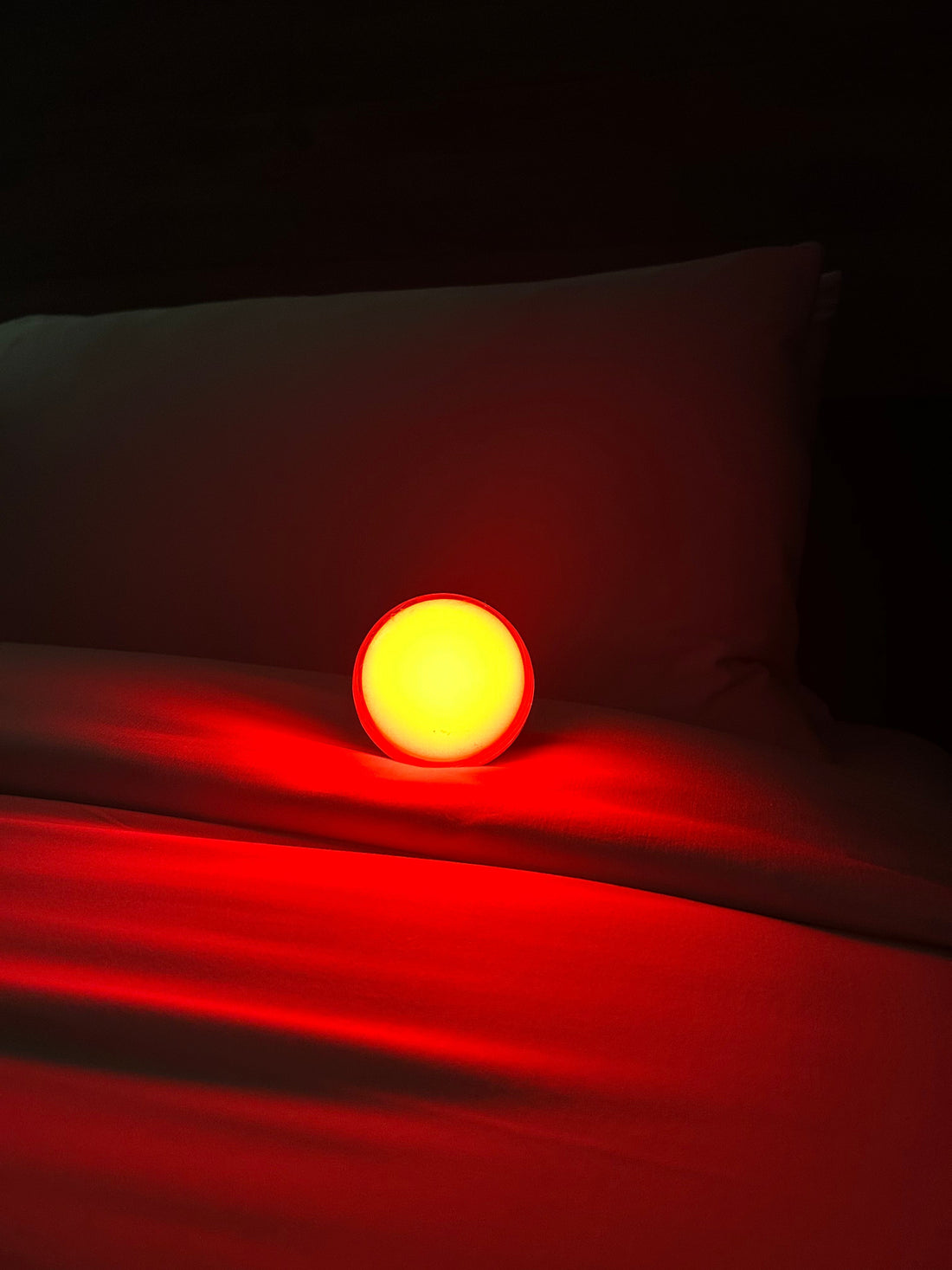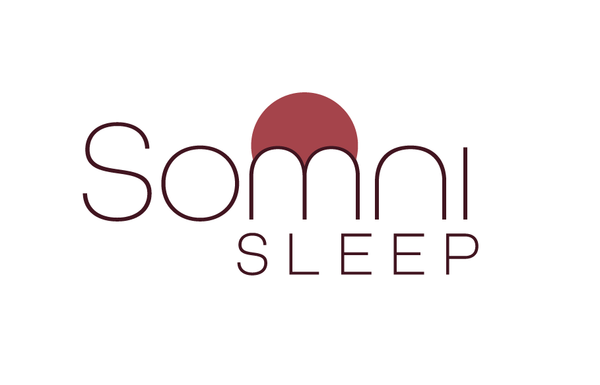
How Light Affects Your Circadian Rhythm (and the simple switch that changed our evenings)
Share
We’ve always been mindful of how light shapes our environment and sleep, especially when it comes to supporting a healthy circadian rhythm. With a lighting designer husband and three kids under five, we’ve spent a lot of time thinking about how to make our evenings calmer, quieter, and more sleep-supportive. The research is clear: light is one of the most powerful tools we have for resetting the body’s internal clock - and that clock is guided by our circadian rhythm.
But even knowing that, we struggled to find lighting that was practical for family life. We wanted something portable, warm-toned, low-glow, and intentionally designed to support sleep. When we couldn’t find what we needed, we started using our own solution at home. And we found the shift was immediate.
Light doesn’t just help you see - it sends signals to the brain
Every one of us runs on a circadian rhythm. This is a 24-hour internal body clock that regulates when we feel awake and when we feel tired.
In the morning, exposure to bright, blue-enriched light increases alertness and suppresses melatonin. This is helpful when you’re starting the day.
In the evening, however, the same kind of light can confuse the brain. It delays melatonin release, keeps your body alert, and makes it harder to fall asleep.
Why warm light works better at night
Light comes in different wavelengths, and our bodies react differently to each one.
Blue and white light - like the light from screens, TVs, and most LED bulbs, is highly stimulating. At night, it signals to the brain that it should stay awake.
Red and amber light has a longer wavelength and is much gentler on the nervous system. And the research shows that it doesn’t suppress melatonin production in the same way, making it a much better option in the evening.
Our 7pm routine: gentle light, warm baths, and wind-down time
By 7pm, the kids are already bathed and in their pyjamas. It’s a familiar part of our evening rhythm - calming, comforting, and backed by science. A warm bath gently raises their core body temperature, and as they cool down afterward, it signals to the brain that it’s time to produce melatonin. This drop in temperature mimics the body’s natural sleep onset process, helping the brain and body prepare for rest.
Then, the atmosphere in our home shifts. Overhead lights are switched off, and we move through the house using soft, portable night lights - our Somni Sleep Sphere. The kids recognise this change. They know that when the red light comes on, it’s time to start winding down.
The soft lighting continues throughout the house, keeping the energy low and quiet.
The kids thrive on routine - and honestly, so do I. There’s something grounding about knowing what comes next. These calming rituals, like warm baths, soft lighting, and quiet time, give our nervous systems a sense of safety and predictability. Over time, they become signals that it’s time to slow down. That consistency helps everyone in our home wind down more easily and fall asleep more naturally.
Our eldest is usually in bed and asleep by 7:15pm. The twins are asleep by 8pm - they still nap during the day, so this is as good as it gets for us right now.
These consistent cues - soft light, calming routines, and predictable timing - help reinforce our family’s natural rhythm. Over time, the body learns to expect rest at this time, and it becomes easier to fall asleep and stay asleep.
A quiet moment to let go
Once the boys are asleep, I take a few minutes to sit and write in my notebook. Sometimes I reflect on the day, and sometimes I write down things that are bothering me. Other nights, it’s just a few disconnected thoughts to clear my head. It may even just be my to-do list for tomorrow. This small ritual helps me shift gears. It gives my mind somewhere to place the clutter so I can let go of it before sleep.
And writing before bed isn't just a relaxing habit - it's backed by research. Studies show that journalling, can help clear your mind, reduce anxiety, and support natural sleep. Even five quiet minutes with a notebook can make it easier to fall asleep by helping your brain shift out of problem-solving mode and into rest.
Why we created Somni Sleep
So, we already understood the science. But the tools we needed didn’t seem to exist - at least not in a way that felt both intentional and family-friendly.
Somni Sleep brings together the elements that support rest. Calming, warm-toned light. Gentle wind-down rituals. Simple tools that help your nervous system settle, so sleep feels natural again.
Ready to create a more sleep-friendly space?
We’re launching our first sleep kits soon. Join the waitlist to get early access and bring the science of better sleep into your home.
